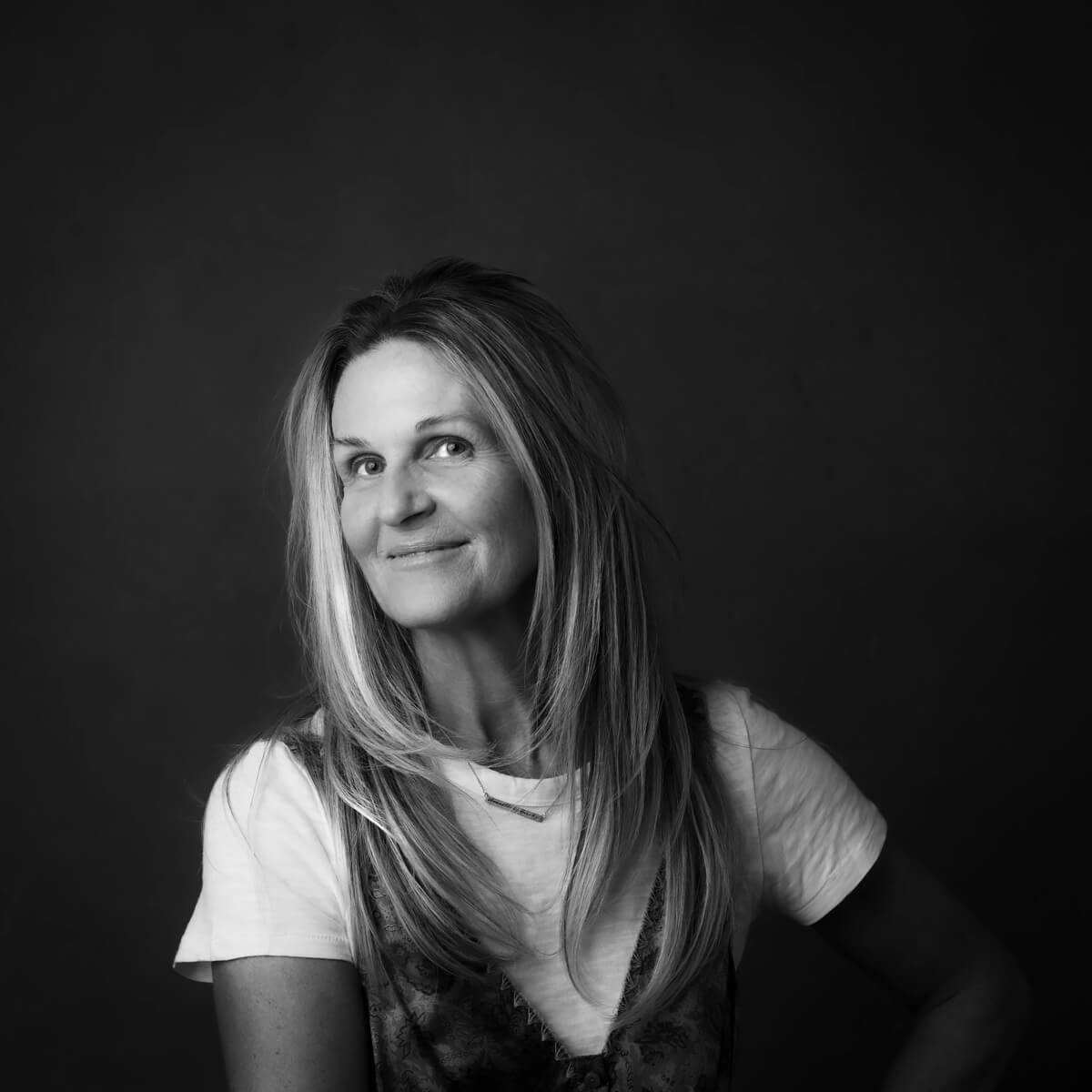Born in Melbourne, Australian Photographer Melissa Stewart currently resides between the Victorian country regions of the Macedon Ranges and the Mornington Peninsula. She has an affinity with the Australian landscape, nature and its wilderness. It is through her raw, true Australian aesthetic, she draws awareness towards the environment and the landscape we inhibit to protect it.
Living in the country with horses has helped shape her awareness and interest in connecting and belonging.
After graduating in 1980, she studied Art and Design and then Interior design in 2006 which has only enhanced her focus for detail, shape, line and form, this reflects in her Photography.
Melissa returned to study Professional Photography in 2016 at Photography Studies College in Melbourne, studying part time, she has her final year to complete after deferment in 2019. She has been awarded finalist in Click 17, SE Centre for Contemporary Photography, Brunswick Street Gallery and exhibited in several group shows.
A Finalist in the Australian Photography Awards awarded top 5, Student category and third place student category in the Australian Photography Awards exhibition, 2019.
Statement
Being in nature has always allayed my anxiety; it's my form of meditation. We can so easily forget about those simple needs and pleasure in life.
Isolation has enabled me to reconnect, being at home creates a security a protection and comfort, and it brings me to a peaceful and happier state of mind.
More so now it's imperative to connect with parts of yourself that you haven't before and reconnect with the things that you love.
Given this time to slow down; I have been able to be inspired by books and music, long walks and observing the natural world in a different perspective. I have had wonderful moments where I have really be in awe and wonder with nature, the sea, the trees, and the silence. It is exactly in these moments that we can assess what matters, and what we want our life to mean.
My interest in drawing awareness towards our environment and the landscape motivates my belief that it is essential to our quality and balance of life.
